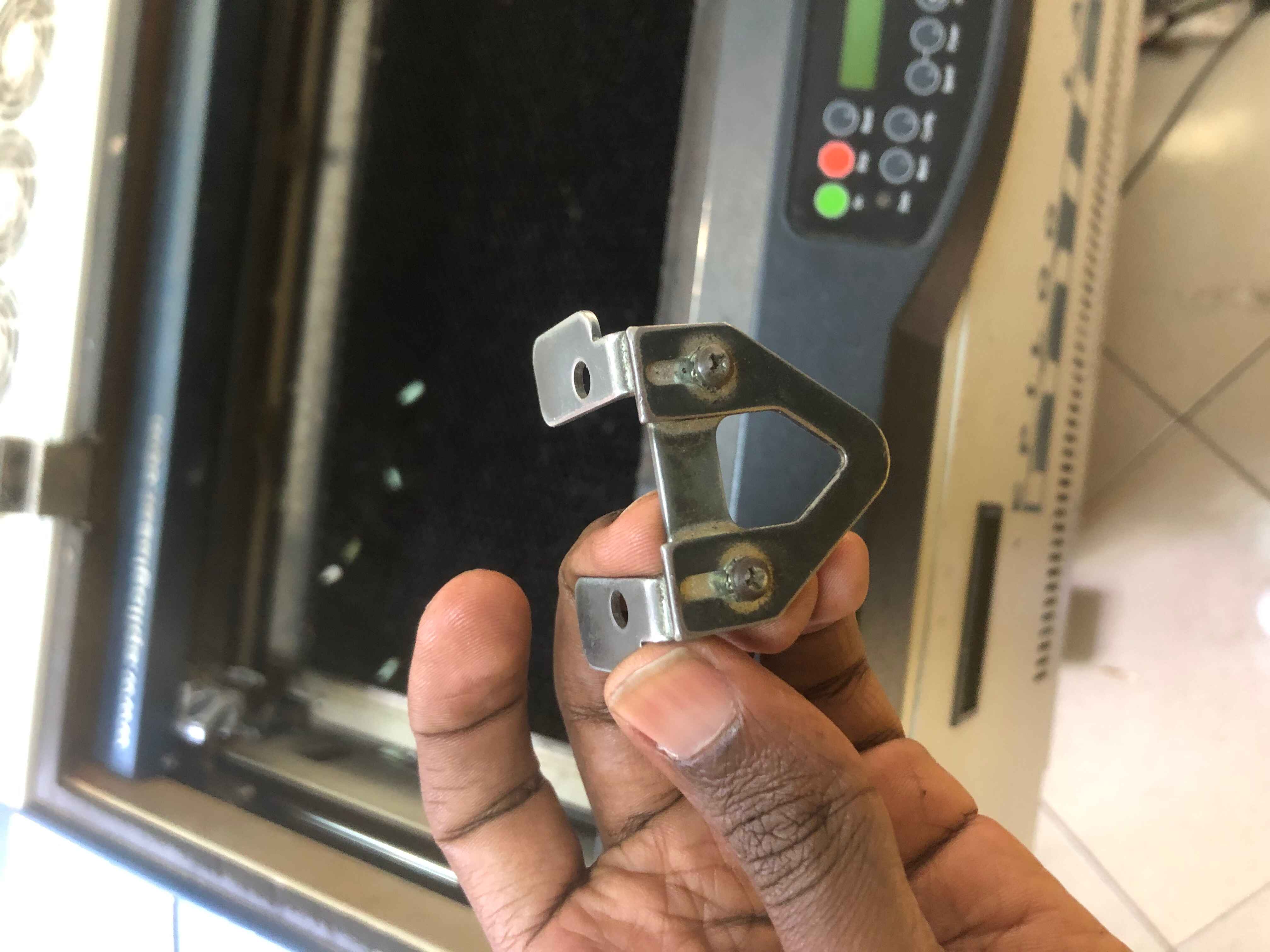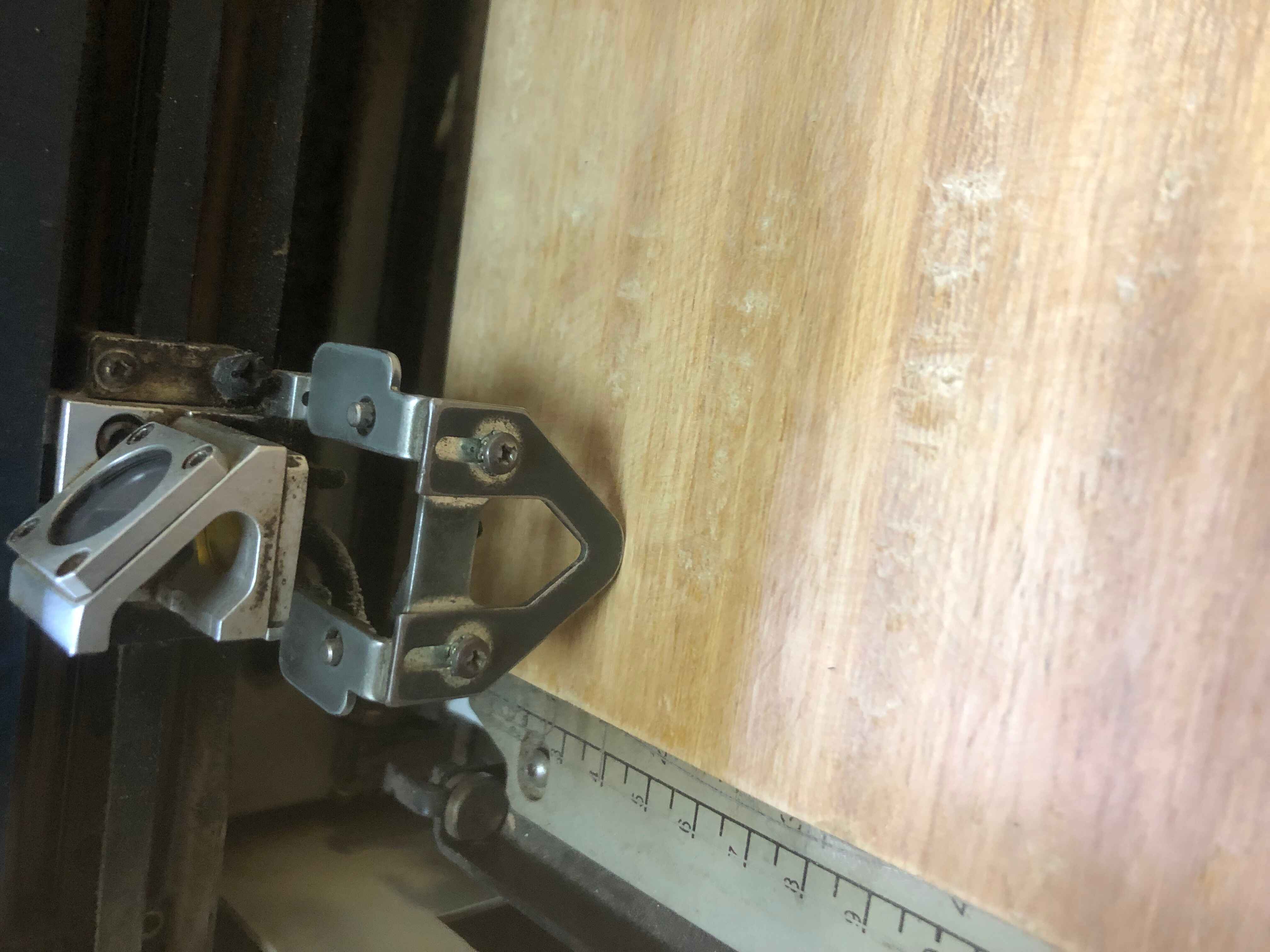

Characterizing a MINI EPILOG laser cutter involves understanding its various parameters and how they affect the cutting and engraving process. Here’s a detailed overview:
Focus: The focus of a laser cutter is critical for achieving precise cuts and engravings. The MINI EPILOG laser cutter in our lab typically has manual focusing way that ensures the laser beam is properly focused on the material surface for optimal cutting and engraving results using the focus gauge provided with the machine.


Laser power is measured in watts and determines the ability of the laser to cut through materials. The MINI EPILOG laser cutter available in our lab is a 40W. Higher power allows cutting through thicker materials and faster engraving.
The speed at which the laser head moves across the material affects both cutting and engraving quality. Speed settings can range from 1% to 100%, with lower speeds typically used for cutting and higher speeds for engraving. Speed settings must be adjusted based on material type and thickness to avoid burning or incomplete cuts.
This often refers to the pulse rate or frequency of the laser. The frequency (measured in Hz) affects how many laser pulses are emitted per second. Lower frequencies are used for cutting, while higher frequencies are used for engraving to create smoother lines and detailed images.
The kerf is the width of the material removed by the laser cut, typically ranging from 0.1 mm to 0.2 mm which can even go higher depending on the material and laser settings. Understanding the kerf is crucial for precision cutting and ensuring parts fit together correctly when designing interlocking pieces.
When designing joints for assembly, it’s important to consider the kerf and material thickness to determine the appropriate clearance. A typical clearance might range from 0.1 mm to 0.2 mm or slightly more to ensure a snug fit without being too tight.
The MINI EPILOG laser cutter can handle a wide range of materials,
: